5 IMPORTANT TIPS
Before you set off
Navigation is knowledge that you continuously build on throughout your life. There is always more to learn and more places to explore. Once you have learned the basics of compasses and navigation, you can take that knowledge into the terrain and gain more experience.
If you are adventuring in unfamiliar terrain, preparation and details are important. Remember to bring enough water and energy for your adventure and pack equipment to keep yourself dry, warm, and comfortable.
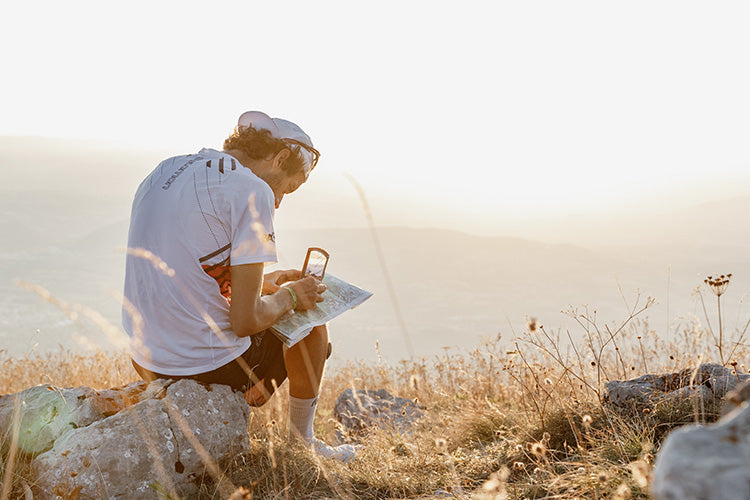
1. Plan your adventure
It is important to plan for your adventure before you set off. Study the map and read the geography. Think of places that might be good to stop at for a break - or places that reward you with beautiful views and magical views.
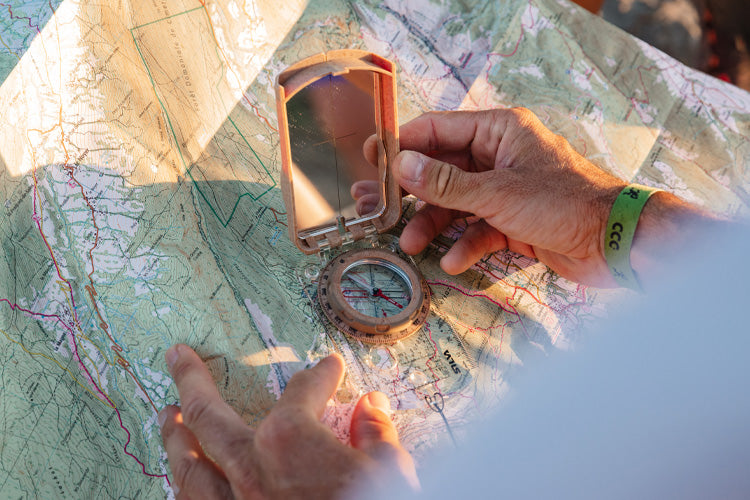
2. NAVIGATE SAFELY
Use clear landmarks in the terrain to orient yourself to your intended route. This is helpful both when studying the map before your adventure and when you are in the midst of it. Use streams, hills, fields, roads, or other features as tools when navigating. This minimizes the risk of getting lost or navigating incorrectly.
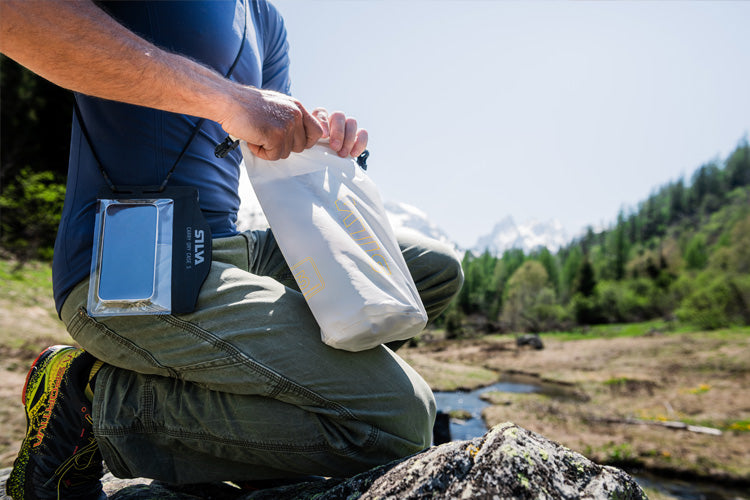
3. DON'T RELY ON THE WEATHER
The weather can quickly change both in the mountains and at sea. Never take clear weather and good visibility for granted! Make sure you can navigate with a map and compass so that you always adventure under safe conditions and find your way back. Practice navigation regularly! It can also be helpful to bring someDry Bagsor aRain Coverfor your gear to keep your belongings dry in any weather.
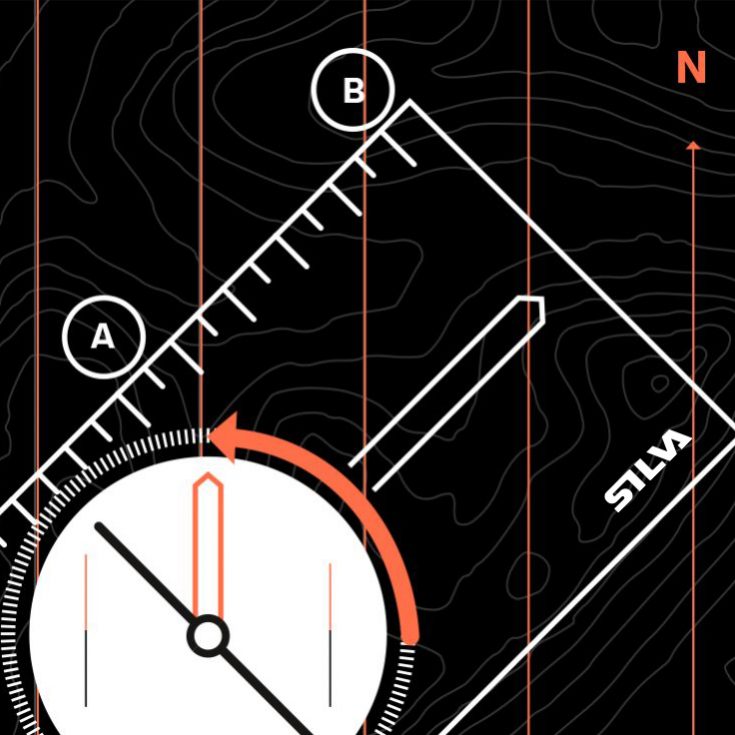
4. PROPER KNOWLEDGE
Navigating with a map and compass is about both staying on course and having the ability to deviate from the trail or plan if you feel like it. Whether you're hiking, running, or doing something else, with the right knowledge, you have all the possibilities to discover more! Navigation is a lifelong skill, but all compasses will take you where you want to go.
5. KNOW WHERE YOU ARE
By using the Silva 1-2-3 system in reverse, you can understand where you are on the map. Take a direction towards an object in the terrain that you can also find on the map. Place the compass on the map with the long edge through the object to see where the direction was taken. Your current position is somewhere along this line.
Find another object and repeat the same steps. Now you can see that you are located exactly where these two lines intersect. If you want to be extra careful, repeat the steps a third time.
Thumb compass for orienteering with Spectra speed dial
Thumb compass with Spectra speed dial – for smaller hands
Mirror sighting with sighting hole
Thumb compass for orienteering with fixed capsule
Perfect when travelling
Thumb compass for orienteering with rotating capsule
Magnifier for Arc Jet thumb compasses
An advanced level compass
Thumb compass for orienteering – for smaller hands
Orienteering markers
A small and simple compass
Many features
Small & nimble
Mirror sighting with sighting hole
Wrist compass
Basic, yet functional
Durable compass for tough adventures
Populär inklinometer
Kartmätare
Wrist compass with Spectra speed dial
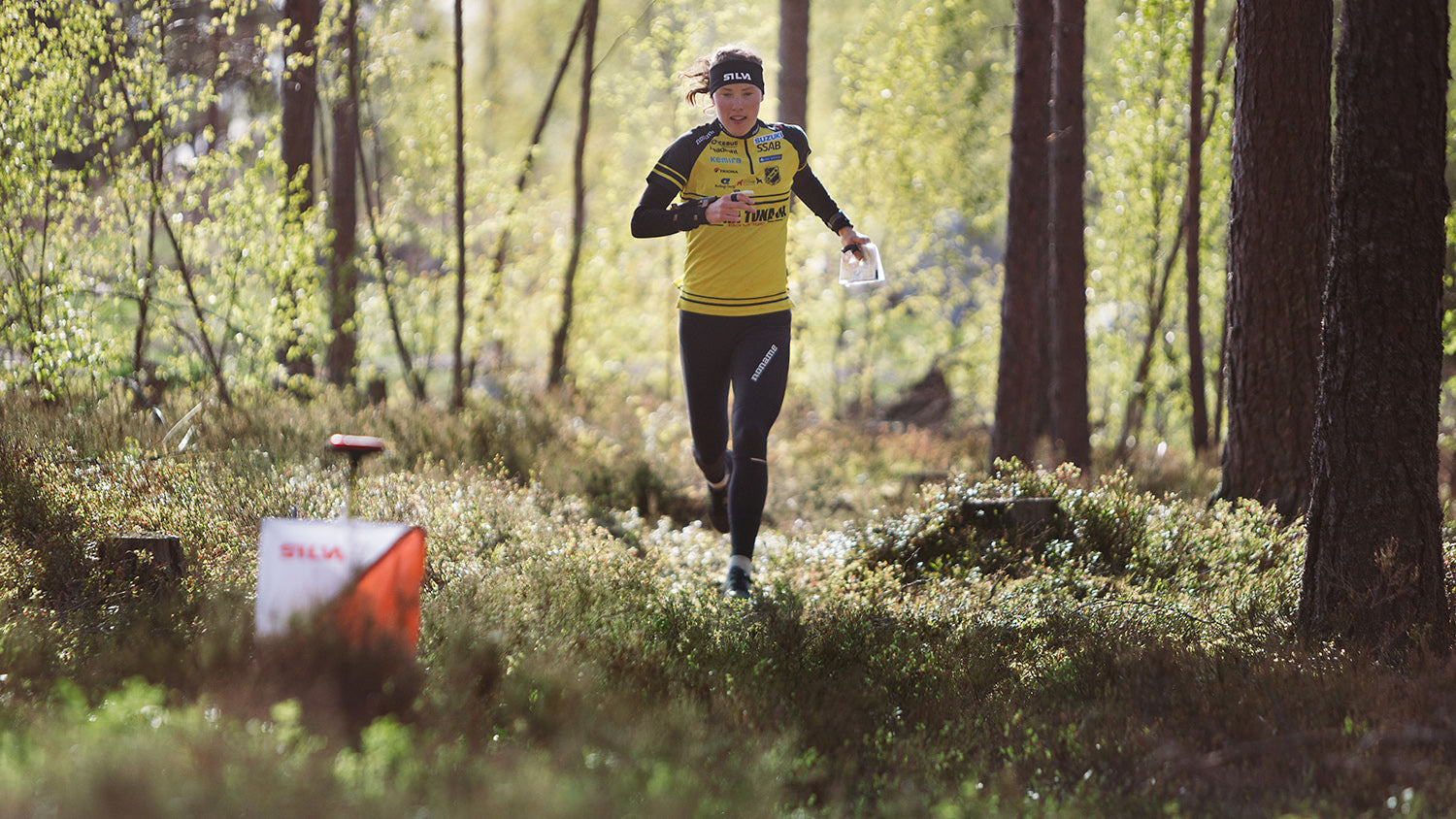
Introducing the new Arc Jet and Spike Jet compasses with the new Jet 2.0 needle: world-fast, stable and reliable. We are proud to set a new standard for orienteers!
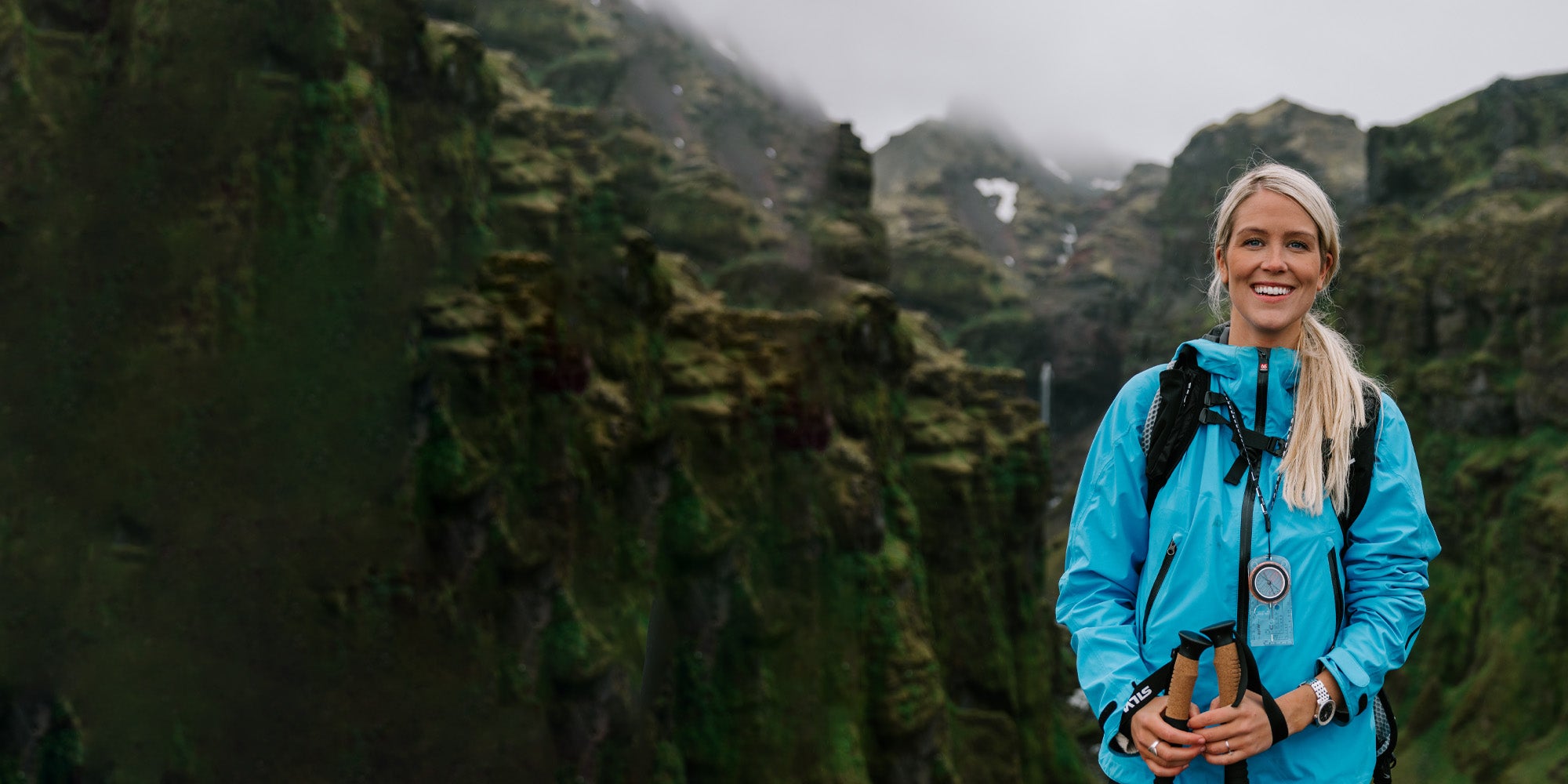
Navigating with a map and compass is as easy as 1-2-3. But there are a few things to learn before you head out.
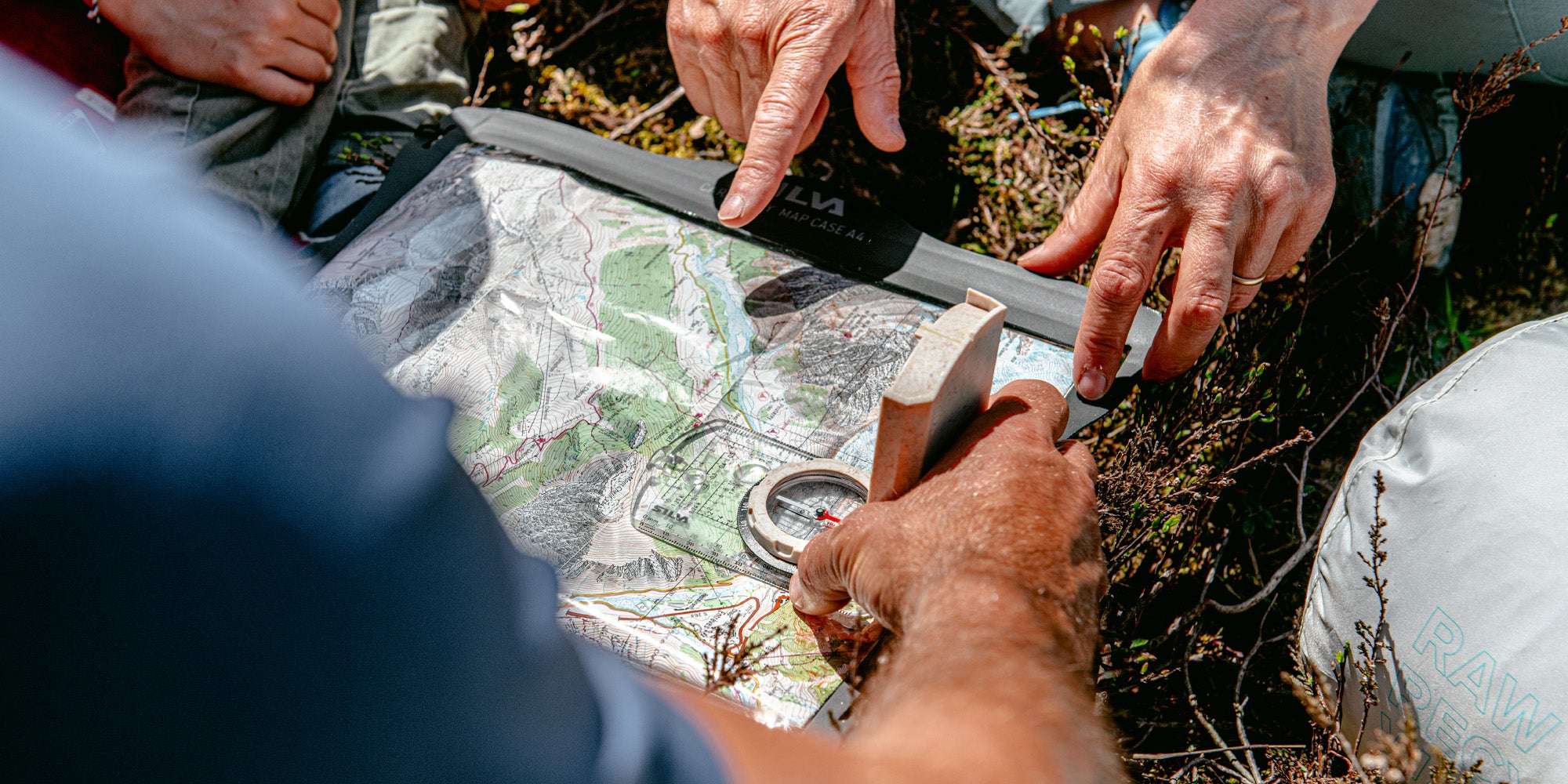
In addition to knowing the simple Silva 1-2-3 system, it is also good to have a basic knowledge of compasses.
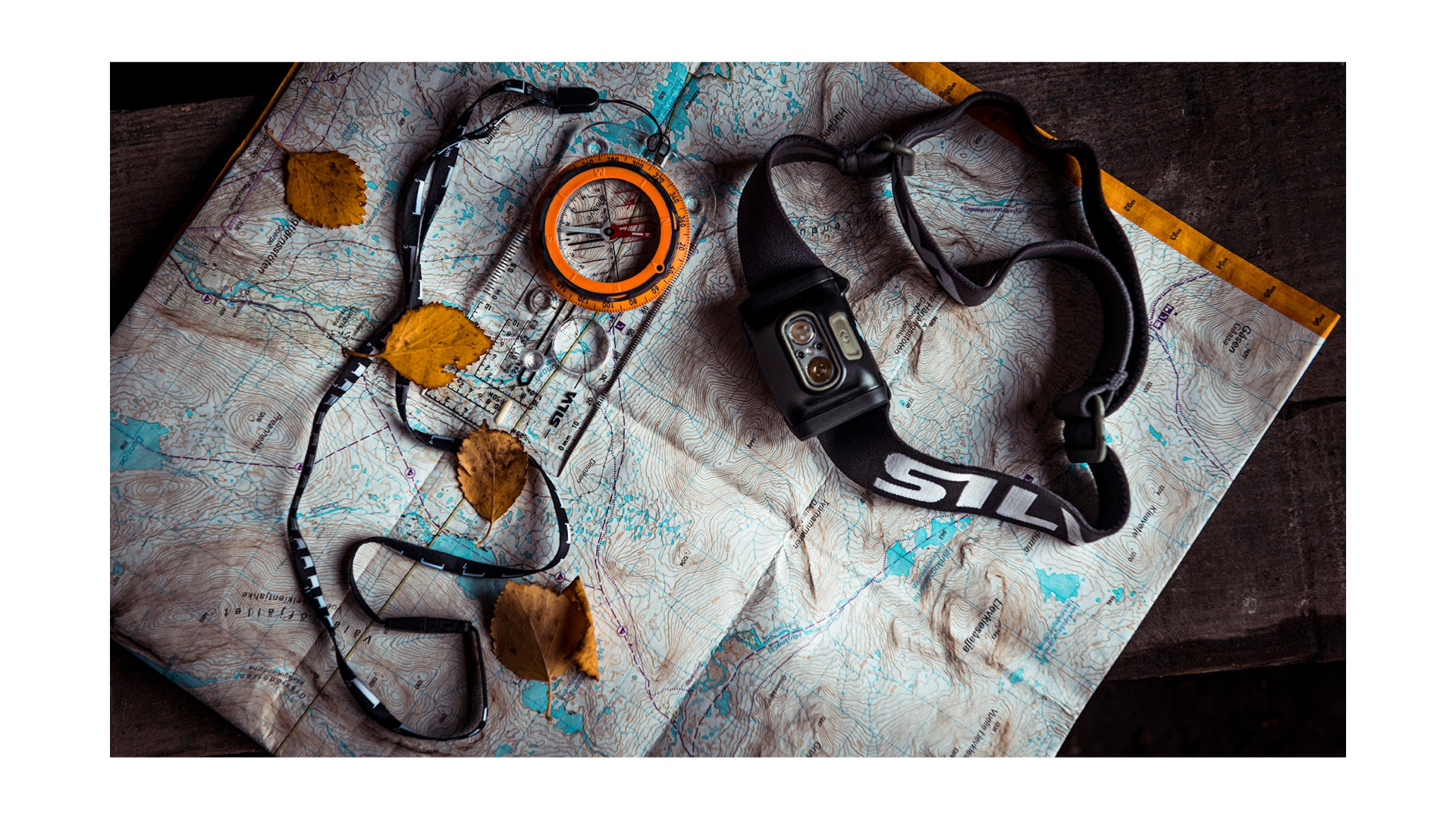
Find the compass that best suits your adventures. We have compasses all the way from beginners to advanced level.
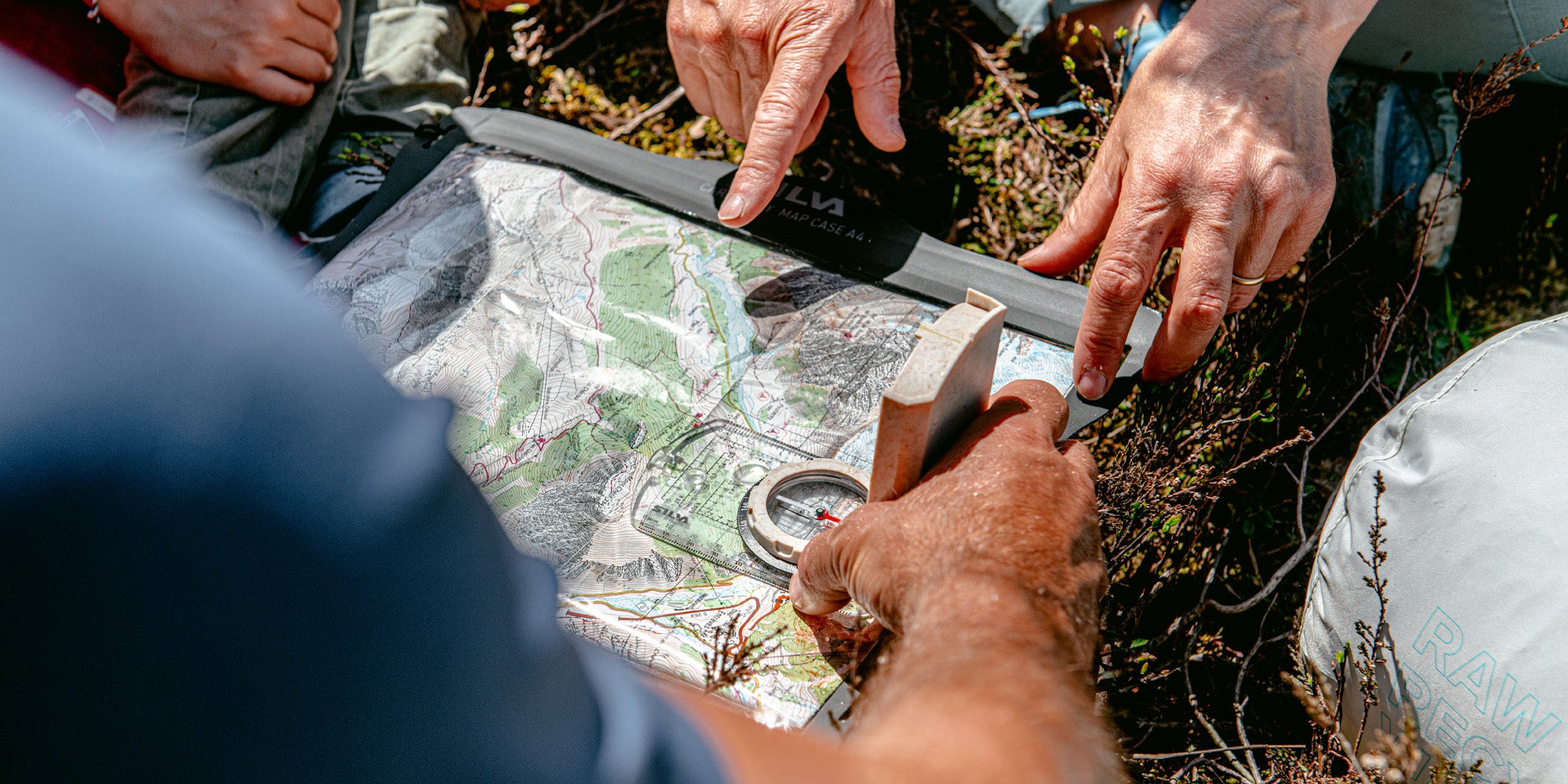
Understanding the terrain is important when planning your adventure – or when you're in the middle of it. Learn the basics and understand the symbols and lines of the map.
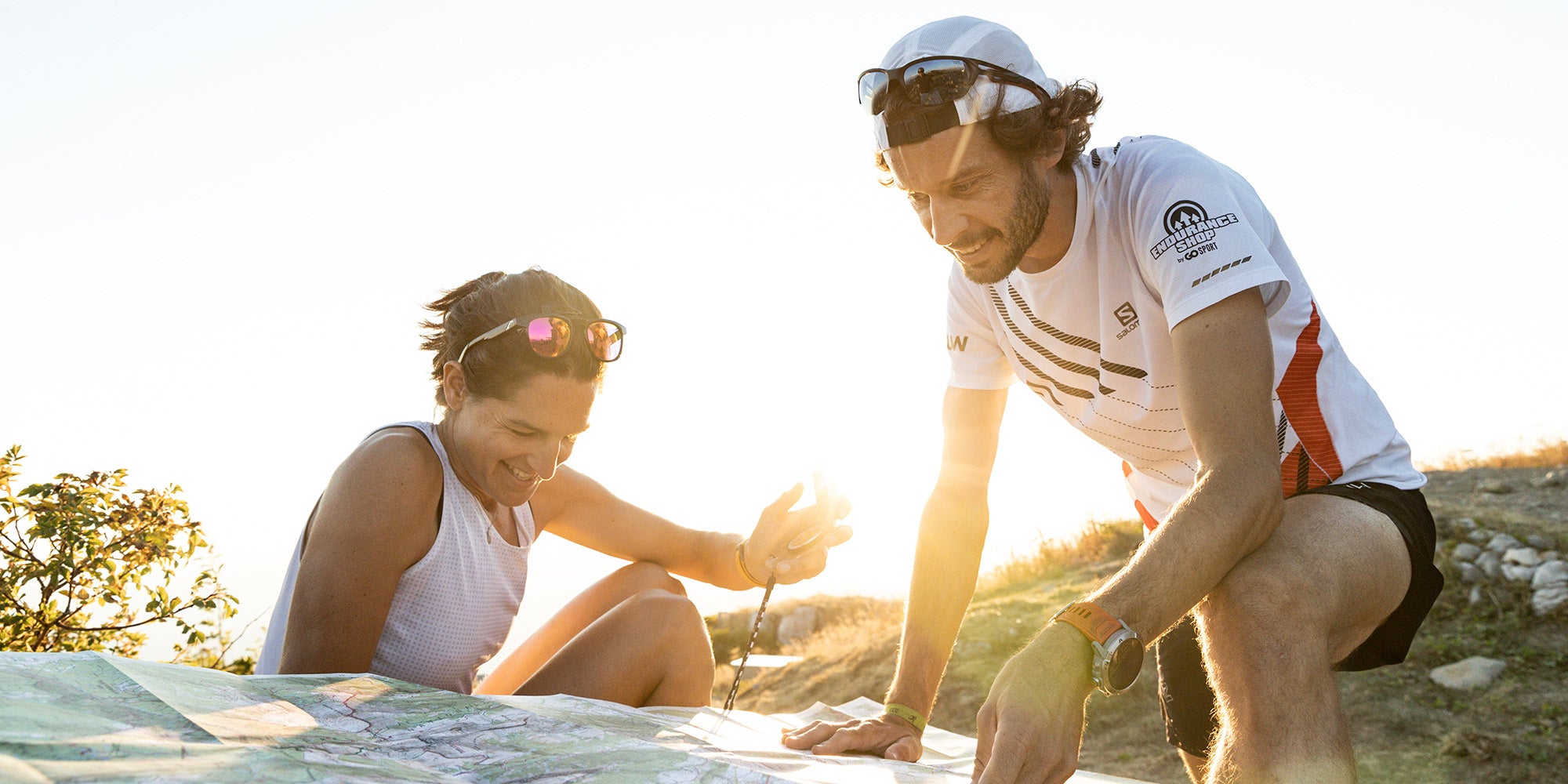
Once you've learned the basics, you can practice for your adventures. Take these tips along the way and you'll be extra prepared!
Please select your store